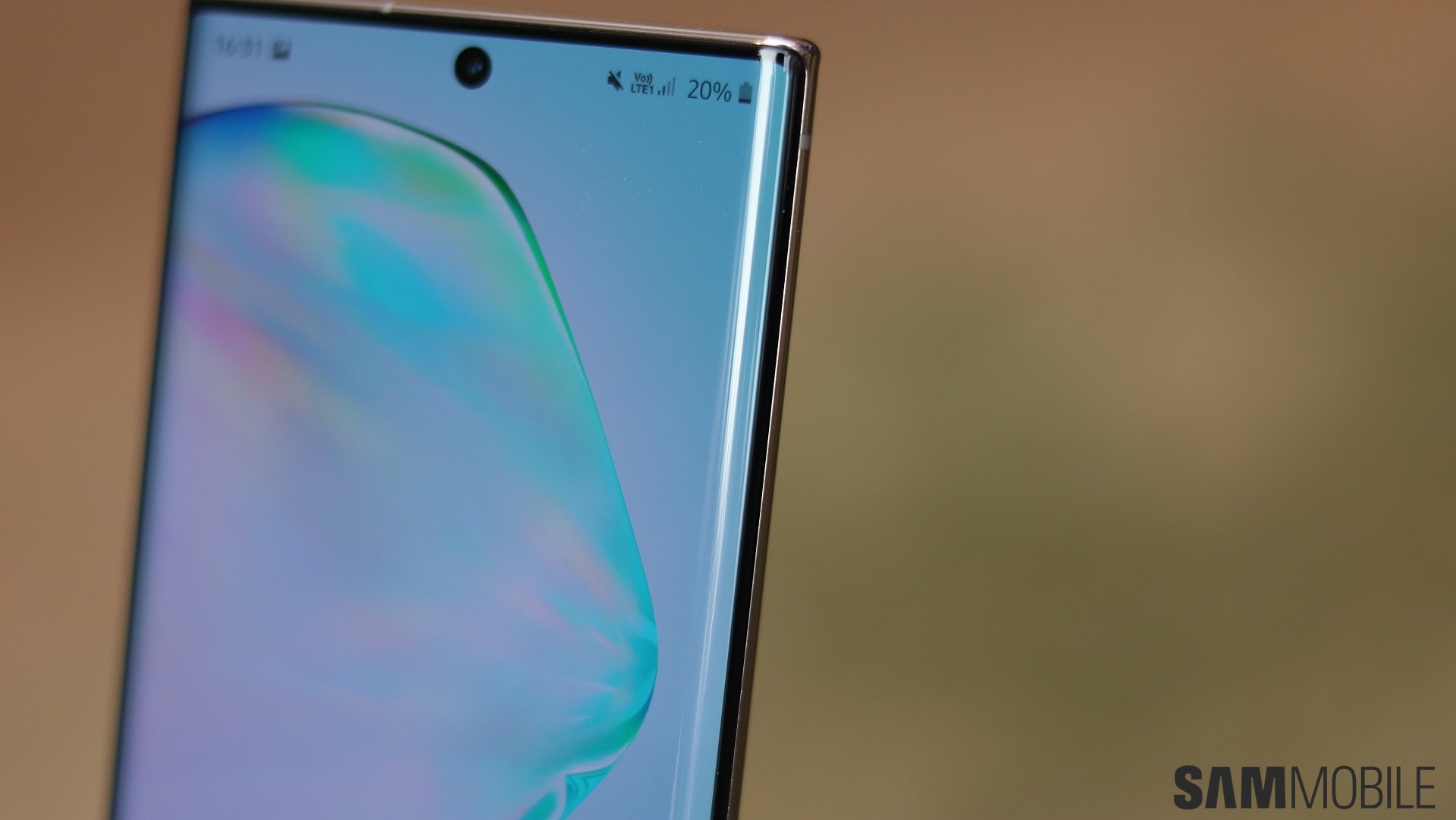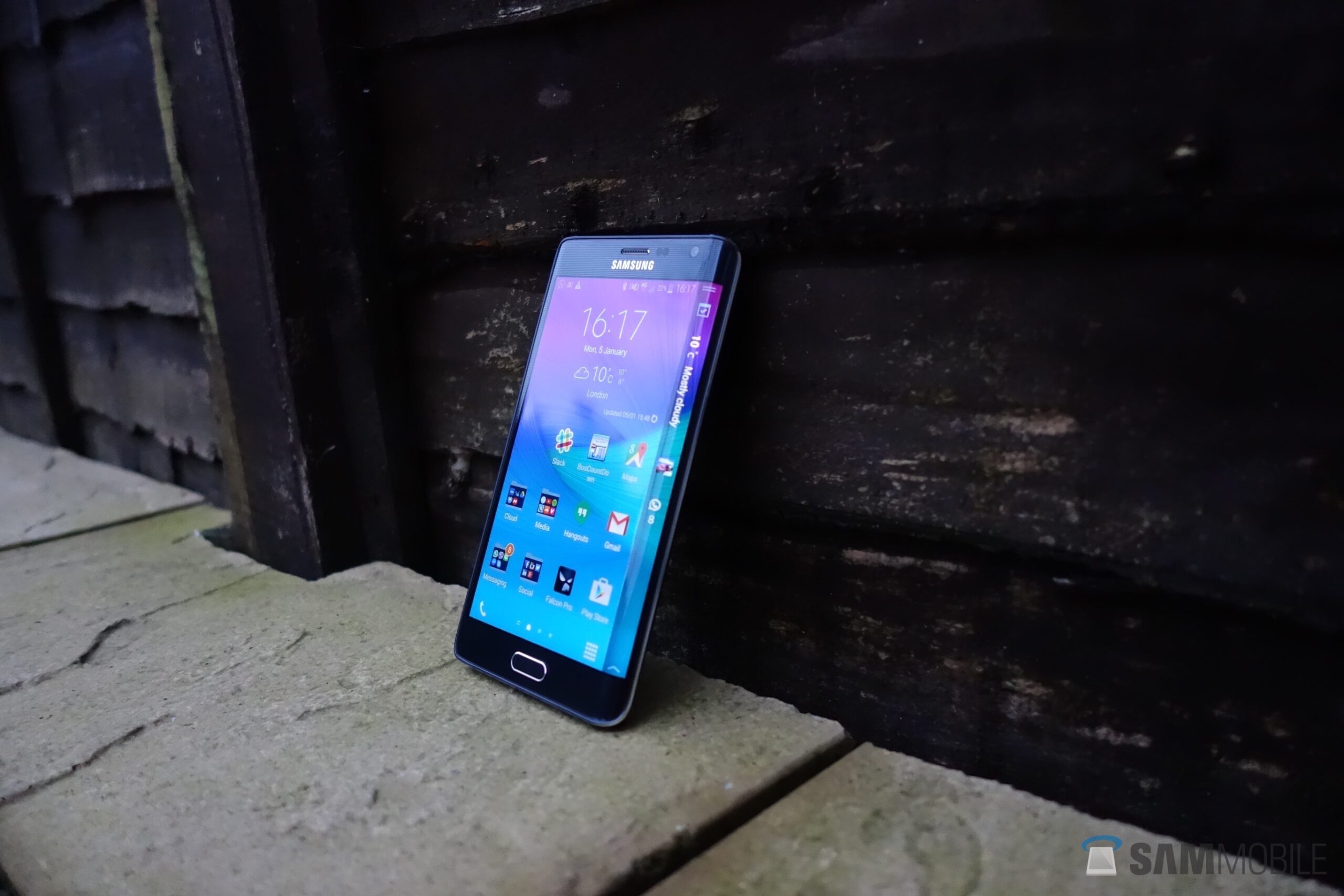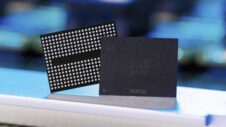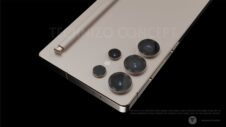Some things are good in the moment but not so much in retrospect. Sometimes, people get carried away by the hype, only to realize later that the thing they were getting hyped over wasn't all that great. It happened to the best of us, including Samsung fans and rival OEMs.
A decade after the Korean tech giant announced the Galaxy Note Edge, we can still feel the effects of what might be the worst Samsung invention we all bought into: the curved screen.
Let me bring you back to almost a decade ago, to September 2014, when Samsung unveiled the Galaxy Note Edge. It was the first phone of its kind and turned many heads. Even though it had a limited release, it set a trend that shaped the Android phone market for many years to come.
The Galaxy Note Edge was the first smartphone to feature a curved Edge display. It had a Super AMOLED panel that wrapped around the phone's right edge and came with a handful of unique software components that tried to give meaning to this new design.
The Galaxy Note Edge was a bit wider than a regular phone. It had a 16:10 aspect ratio, and the so-called Edge display was a permanent fixture. Over the years, those original Edge software components got watered down and transformed into what we now know as the Edge panel.
However, back then, the Edge display was like a dynamic secondary screen that was almost always on. You could hide it when watching videos or playing games in full screen, but for the most part, it permanently showed apps, tools, weather information, stocks, trending Tweets, and more — all on a dedicated strip of curved display.
In 2014, when the smartphone formula wasn't all that well defined, taking design risks was a courageous move rather than a gimmick. And the Galaxy Note Edge seemed like the boldest phone of all. It was fresh and unique, and most Samsung fans bought into it. Unfortunately, it held a dark secret almost everyone was unaware of at that time or decided to ignore: curved screens suck.
The worst innovation, but a necessary one?
In 2015, Samsung released the Galaxy S6 Edge, and the original Note Edge idea that caught everyone's attention was forever gone. Samsung transformed the permanent Edge display into what we now know as the pop-out Edge panel — a series of software elements that could work just as well on any display, flat or curved.
The curved display became nothing more than an exterior design characteristic without any unique software components. The original Galaxy Note Edge, with its 16:10 aspect ratio, was the only one that tried to really marry the curved screen and software, but everything else after it was pretty much a gimmick — one so strong we all bought into it. Even rival OEMs wanted a piece of the action.
Frankly, I'm a little torn about the curved smartphone display. On the one hand, as a consumer who has used all sorts of phones over the years, I really think curved screens are a lame gimmick that can make phones look better but hurts usability and durability to such an extent that they're not worth it.
On the other hand, curved screens may have given Samsung a popularity boost at a time when it needed one. And it really helped Samsung Display sales, as many other rival OEMs — except Apple — wanted a piece of the hype and employed the curved display formula for their own phones.
Curved screens continue to exist, but Samsung has slowly distanced itself from the concept in favor of higher durability for its flagship phones. The Galaxy S23 Ultra might have been the last of its kind. This year's Galaxy S24 Ultra employs a completely flat display, and rumors say that the upcoming Galaxy S25 Ultra will go one step further and abandon sharp corners.
Look, I don't want to hate the curved display just because it's cool to hate things on the Internet. I will admit that I was just as mesmerized by this design element and decided to ignore the fact that it is a gimmick. Curved screens really can be beautiful! My Galaxy Note 10 still looks impressive today, and it's all thanks to those incredibly thin side bezels enabled by the curved display.
Curved screens look great, but they aren't practical
But realistically speaking, curved screens brought us nothing more than a cool aesthetic and a heap of problems. Curved displays are inherently way easier to damage, and for the most part, protective cases won't make a difference when you drop your phone. Curved screens always have been a recipe for trouble, but we were all so impressed by their design, many of us decided to ignore the downsides.
Nowadays, like many others, I'm looking past design gimmicks and appreciate practicality. I started loving simple flat screens more in recent years, and the Galaxy S22+, which in my experience is built like a tank, convinced me that flat is way better.
I think we all got tricked into liking and even defending one of the worst design choices Samsung's ever made. So much so that curved screen enthusiasts helped shape the Android phone market for almost a decade, and not necessarily in a good way for anyone who cared about durability.
But now that most of us are no longer under the curved screen spell, I'm happy to see Samsung moving away from the trend. The Galaxy S24 series was the best step in the right direction, and now, I can't wait to witness what the Galaxy S25 series will offer.








